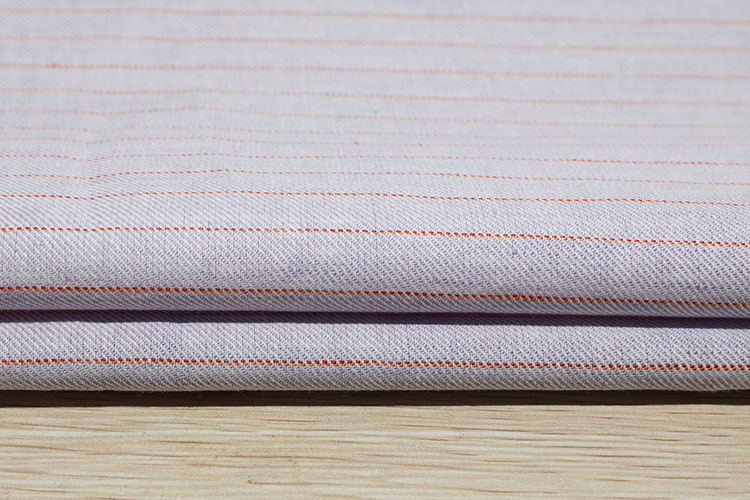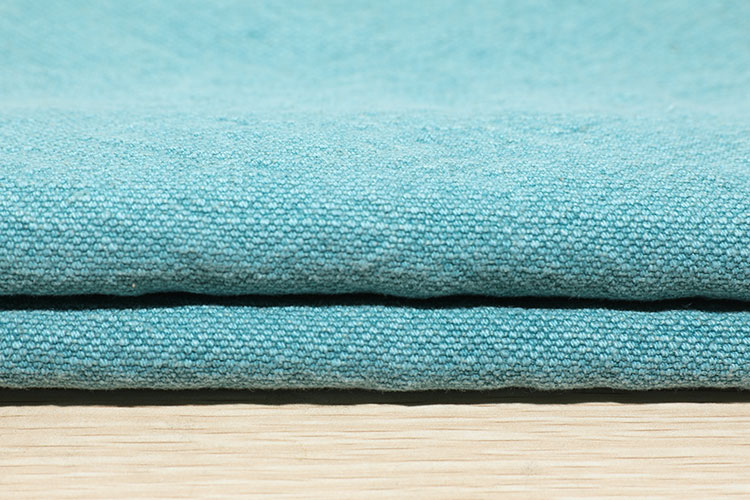1. Quality and Durability:
The selection of high-quality upholstery fabric is essential for ensuring the longevity and durability of furniture. Fabrics with superior quality, such as those made from durable natural or synthetic fibers, are more resistant to wear, fading, and pilling. These fabrics can withstand daily use, friction, and exposure to sunlight, maintaining their appearance and structural integrity over time. By choosing durable upholstery fabrics, furniture manufacturers can offer products that withstand the test of time, providing long-lasting comfort and satisfaction to consumers.
2. Comfort and Feel:
Upholstery fabric significantly influences the comfort and tactile experience of furniture. Fabrics with appropriate texture, softness, and breathability enhance the overall comfort of seating and lounging furniture. Different fabrics, such as plush velvets, smooth leathers, or soft cotton blends, offer distinct tactile sensations and contribute to the overall comfort level. The choice of upholstery fabric allows designers and manufacturers to create furniture pieces that provide both aesthetic appeal and a delightful seating experience.
3. Aesthetics and Visual Appeal:
Upholstery fabric plays a pivotal role in defining the aesthetic appeal and style of furniture. The color, pattern, and texture of the fabric contribute to the overall visual impact and mood of the interior space. Different fabrics offer diverse design possibilities, ranging from classic and timeless to bold and contemporary. Upholstery fabrics allow for customization and personalization, enabling designers to create furniture that aligns with the desired aesthetic vision and complements the overall interior design scheme.
4. Maintenance and Cleanability:
The choice of upholstery fabric also affects the ease of maintenance and cleanability of furniture. Fabrics with stain-resistant or easy-to-clean properties simplify the upkeep of furniture, making it more convenient for users. Certain fabrics are treated with protective coatings or have inherent properties that repel stains and spills, ensuring that furniture remains fresh and presentable even with regular use. Easy-to-clean upholstery fabrics contribute to the longevity of furniture and reduce the need for frequent professional cleaning or replacement.
5. Environmental Sustainability:
Consideration for environmental sustainability has become increasingly important in the interior design industry. Upholstery fabric made from eco-friendly materials, recycled fibers, or manufactured through sustainable processes helps reduce the environmental impact of furniture production. Choosing upholstery fabrics that are certified as environmentally responsible or carry recognized eco-labels contributes to a more sustainable and socially conscious approach to furniture design and manufacturing.
6. Regulatory Compliance:
Upholstery fabric selection also needs to take into account regulatory standards and compliance. Furniture fabrics may be subject to regulations related to flammability, chemical content, or safety standards. Upholstery fabrics that meet or exceed these regulatory requirements ensure consumer safety and confidence in the furniture products.
7. Cost and Value:
The choice of upholstery fabric impacts the cost and perceived value of furniture. High-quality and durable upholstery fabrics often come at a higher price point, reflecting their superior performance and longevity. However, selecting the appropriate fabric that balances cost, quality, and desired aesthetics ensures that furniture offers good value for both manufacturers and consumers.



 English
English Chinese
Chinese




 +86-573-81880066
+86-573-81880066 +86-13666752302
+86-13666752302 enbo_dong@126.com
enbo_dong@126.com